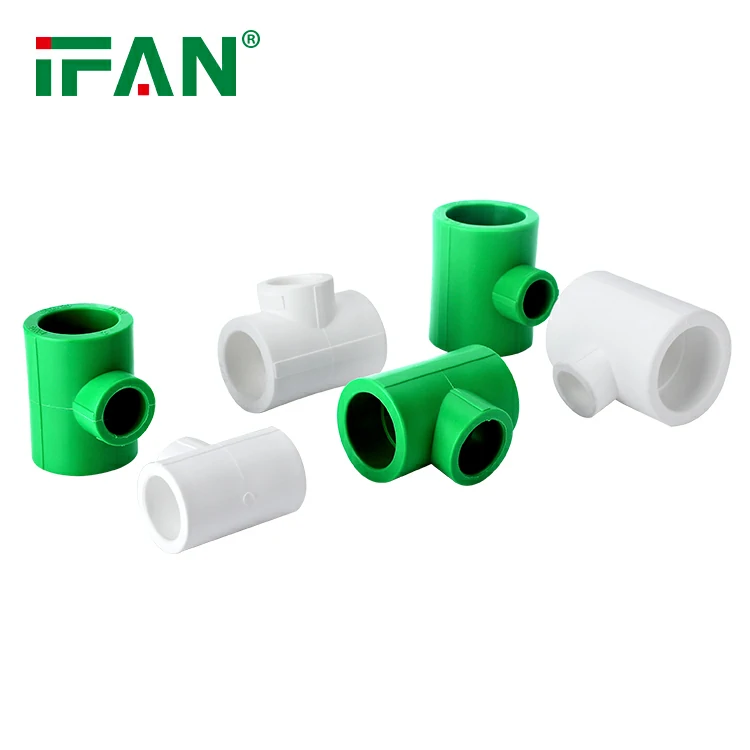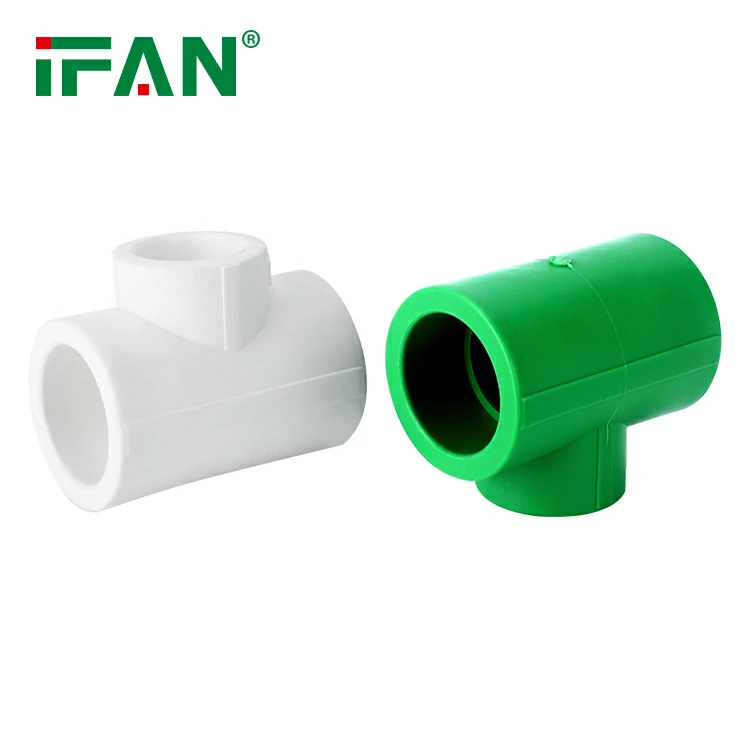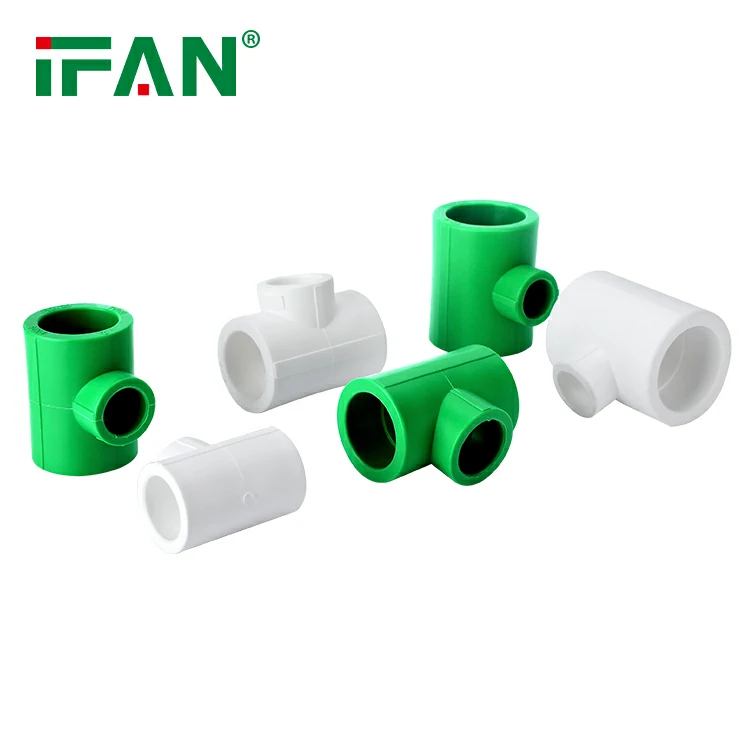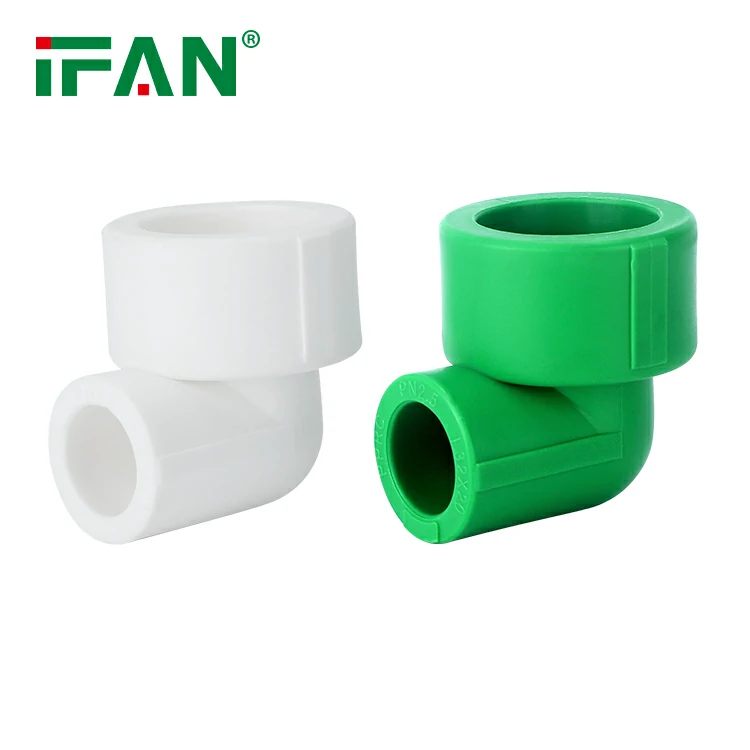Introduction
PEX (cross-linked polyethylene) pipe has been a game changer in the plumbing industry since its introduction. However, despite its popularity, several myths and misconceptions persist about PEX piping. As homeowners and professionals weigh their options, it’s essential to address these myths and provide accurate information about PEX, especially in comparison to other materials like PPR (Polypropylene Random Copolymer) pipes. This article aims to clarify common questions and misconceptions about PEX pipes and highlight the advantages of PPR pipes as a competitive alternative.
Understanding PEX Pipes
What is PEX?
PEX is a flexible plastic piping material used for plumbing systems. It is made through a process that cross-links polyethylene molecules, resulting in a durable and versatile product. PEX is commonly used for hot and cold water supply lines, radiant heating systems, and even for snow melting applications.
Advantages of PEX Pipes
- Flexibility: PEX pipes can bend around corners and fit into tight spaces without the need for numerous fittings, making installation quicker and easier.
- Corrosion Resistance: Unlike metal pipes, PEX is resistant to corrosion and scale buildup, leading to lower maintenance costs and longer lifespan.
- Thermal Insulation: PEX pipes have excellent thermal insulation properties, which can help reduce energy costs by maintaining water temperature.
- Freeze Resistance: PEX can expand slightly when water freezes, reducing the risk of bursting in cold climates.
Addressing Common Myths About PEX Pipes
Myth 1: PEX Pipes Are Not Durable
Reality: One of the most prevalent myths is that PEX pipes are not durable and will degrade over time. In fact, PEX pipes are designed to last for decades. They have a lifespan of over 50 years when installed correctly. PEX is resistant to corrosion, which is a significant advantage over metal pipes that can corrode and weaken over time.
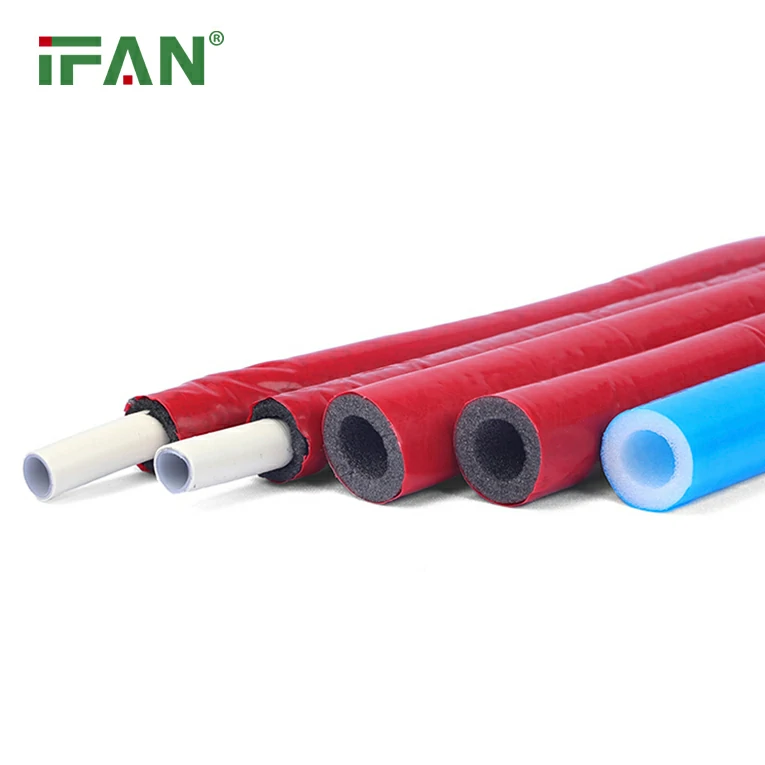
Myth 2: PEX Pipes Are Prone to Leaks
Reality: While all plumbing systems can experience leaks, PEX pipes are less prone to leaks compared to traditional piping materials. The flexible nature of PEX allows for fewer joints and connections, reducing the chances of leaks. Additionally, PEX fittings are designed to create secure, leak-free connections. When installed properly, PEX systems can be very reliable.
Myth 3: PEX Pipes Are Harmful to Health
Reality: Some customers worry that PEX pipes leach harmful chemicals into the water supply. However, PEX pipes are made from high-quality materials that meet stringent safety standards. They are tested and approved by various health and safety organizations, including the NSF (National Sanitation Foundation) and the UPC (Uniform Plumbing Code). PEX does not leach harmful chemicals into drinking water, making it a safe option for residential plumbing.
Myth 4: PEX Pipes Cannot Be Used for Hot Water
Reality: PEX pipes are suitable for both hot and cold water applications. They can handle temperatures up to 200°F (93°C) and pressures up to 80 psi (pounds per square inch) at high temperatures. This makes PEX an excellent choice for hot water supply lines, radiant heating, and other high-temperature applications.
Myth 5: PEX Pipes Are Expensive
Reality: While the initial cost of PEX piping may be higher than some traditional materials, the overall cost can be lower due to reduced installation time and labor. PEX is lightweight and easy to install, which can lead to significant savings on labor costs. Additionally, the durability and low maintenance requirements of PEX pipes contribute to their cost-effectiveness over time.
Comparing PEX Pipes to PPR Pipes
While PEX pipes have numerous advantages, it’s essential to consider alternatives like PPR pipes, which also offer unique benefits.
What are PPR Pipes?
PPR pipes are made from polypropylene random copolymer, a type of plastic known for its strength and chemical resistance. PPR pipes are commonly used in hot and cold water supply systems, as well as in industrial applications.
Advantages of PPR Pipes
- High-Temperature Resistance: PPR pipes can withstand higher temperatures than PEX, with a maximum continuous service temperature of around 210°F (99°C). This makes them suitable for more demanding applications, including industrial settings.
- Chemical Resistance: PPR pipes exhibit excellent chemical resistance, making them ideal for transporting various substances without degrading over time.
- Leak-Free Joints: PPR pipes can be joined using heat fusion, creating strong, leak-free connections that enhance the overall integrity of the plumbing system.
- Eco-Friendly: PPR pipes are fully recyclable, aligning with sustainable building practices and reducing environmental impact.
- Longevity: PPR pipes have a lifespan exceeding 50 years, similar to PEX pipes, offering long-term reliability.
Key Considerations When Choosing Between PEX and PPR
Installation
PEX pipes are generally easier to install due to their flexibility and the absence of soldering requirements. PPR pipes, while still relatively easy to work with, require specialized tools for heat fusion, which may increase installation time and costs.
Temperature and Pressure Ratings
While PEX pipes are rated for temperatures up to 200°F (93°C), PPR pipes can handle temperatures up to 210°F (99°C). This slight edge in temperature resistance makes PPR pipes more suitable for certain high-temperature applications.
Cost Considerations
PEX pipes are typically more affordable than PPR pipes, making them a popular choice for residential applications. However, PPR pipes may be more cost-effective in industrial settings due to their chemical resistance and longevity.
Noise Levels
PEX pipes tend to be quieter than traditional metal pipes, which can transmit sound more readily. PPR pipes also provide some noise reduction, but PEX is often preferred for residential applications where noise reduction is a priority.
Conclusion
As the plumbing industry continues to evolve, understanding the facts surrounding PEX pipes is essential for homeowners and professionals alike. Addressing myths and misconceptions allows for informed decision-making when it comes to plumbing materials. While PEX pipes offer numerous advantages, PPR pipes also present unique benefits, particularly in high-temperature and chemical-resistant applications. Ultimately, the choice between PEX and PPR pipes will depend on the specific needs of your project.
Frequently Asked Questions (FAQs)
1. What is the main advantage of PEX pipes?
The main advantage of PEX pipes is their flexibility, which allows for easier installation in tight spaces and reduces the need for numerous fittings.
2. How long do PEX and PPR pipes last?
Both PEX and PPR pipes have a lifespan exceeding 50 years when properly installed and maintained.
3. Can PEX pipes be used for hot water?
Yes, PEX pipes are suitable for hot water applications and can handle temperatures up to 200°F (93°C).
4. Are PPR pipes better for high-temperature applications?
PPR pipes can withstand higher temperatures than PEX, making them a better choice for certain high-temperature applications.
5. Are PEX and PPR pipes recyclable?
Yes, both PEX and PPR pipes are recyclable, making them environmentally friendly options for plumbing systems.

